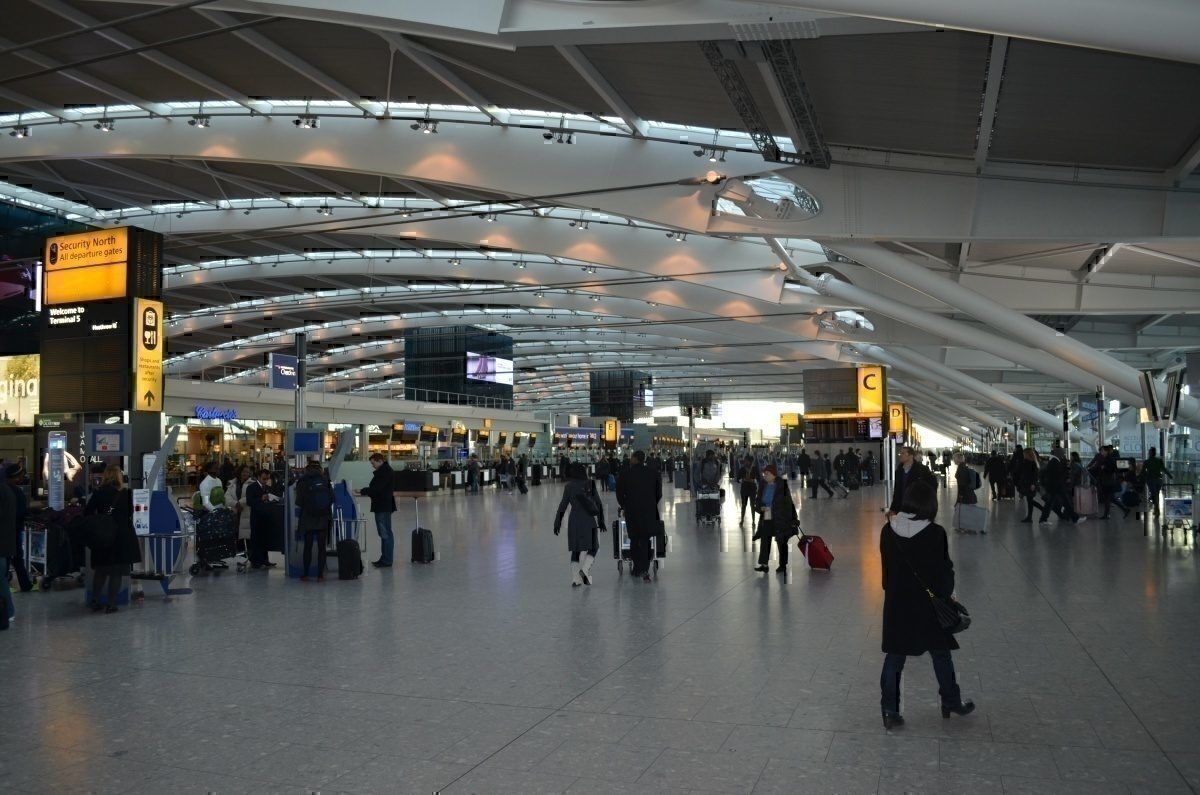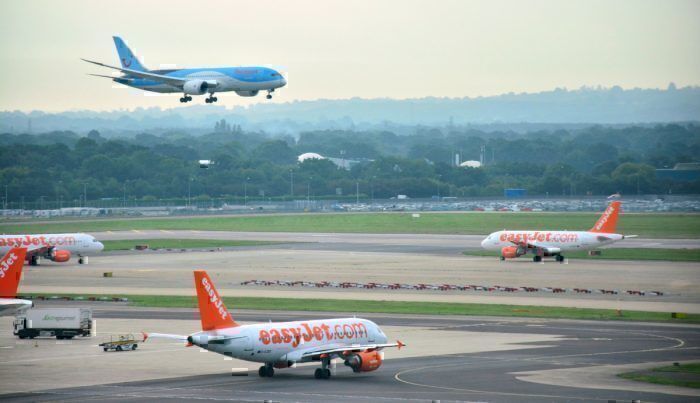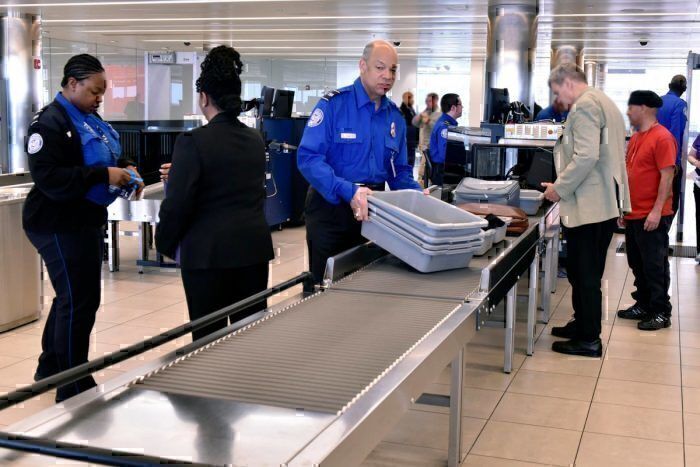New UK prime minister Boris Johnson has announced that all the nations' airports will be equipped with 3D baggage scanners by December 1st, 2022. The new rules are intended to increase security and cut back on unnecessary hassle for air passengers.
New plans for compulsory 3D scanners at UK airports were unveiled by Boris Johnson on Saturday. Mr. Johnson said the scanners will, “help boost the vital role our airports play in securing the UK’s position as a global hub for trade, tourism and investment.”
Within the next three years, the Department for Transport will require all UK airports to introduce the scanners.
As reported by Business Traveller, Heathrow Airport already has a number of 3D scanners in use at its security checkpoints. The airport has been running a trial of the 3D scanning technology, which utilizes computerized tomography (CT), since 2017. Heathrow Airport’s CEO, John Holland Kaye, said, “We’re proud to be at the forefront of this new generation security equipment”.
According to the Department for Transport, CT scanners could see the current carry-on liquid restrictions lifted in the foreseeable future.
UK airport security as it stands
As we all know, carry-on liquids are currently restricted to volumes of 100ml or less. It’s been this way for a while now. The rule was introduced in 2006 as a precaution to help prevent terror attacks using liquid explosives.
Liquids are just one of many items on the UK’s list of restricted hand luggage items, which also includes dynamite and hand grenades. Anglers will be happy to know that fishing rods are currently allowed in hand luggage. Crossbows, however, are limited to hold bags.
3D scanners won’t be the only high-tech security measure in UK airports. Facial recognition software has already proved an effective addition to airport security over recent years, as the rise of ePassport gates has shown.
3D scanners elsewhere
The UK isn’t the only country exploring the idea of using 3D scanners at airports. The TSA already uses CT scanners at a number of US airports, including Chicago O’Hare and Boston Logan.
Throughout 2019, hundreds of the machines have been rolled out in US airports, although the majority of security checks are still carried out using X-ray machines.
The conventional X-ray scanners, of which there are around 2,500 in use across the US, only provide security staff with a 2D image of luggage items. By comparison, CT scanners offer a much more detailed, three-dimensional image, which allows security staff to check the contents of luggage much more thoroughly.
The new scanners will help increase security and reduce hassle for air passengers in the UK and elsewhere. But there are some things airport security can’t prepare for, as staff at Russia’s Telizovo airport found out back in June.
As the rollout of 3D scanners continues across the US and UK, other countries will likely follow suit Heathrow Airport was not available to respond to Simple Flying’s request for comment on the new plans.



